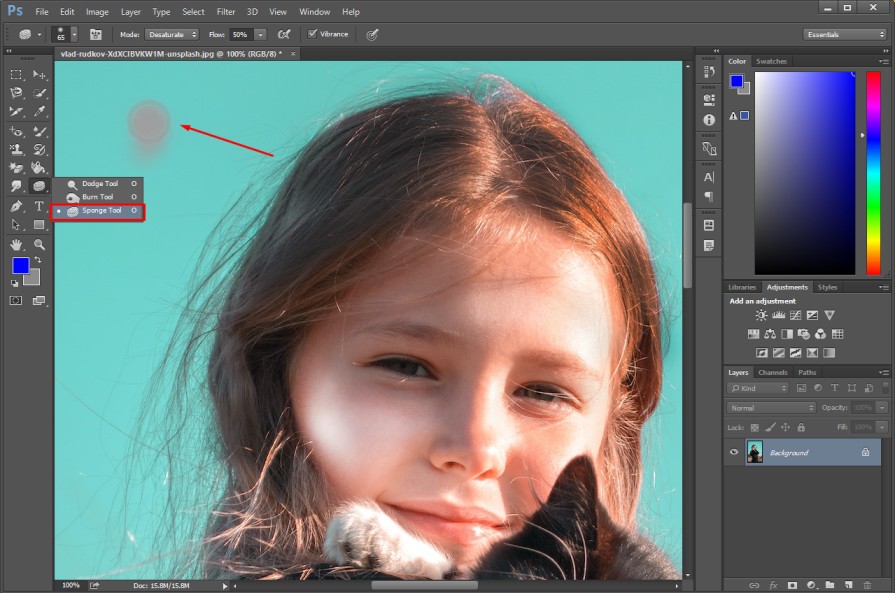Cinematic Storytelling: A Comprehensive Guide to Creating the Ken Burns Effect Using Photoshop CS6

Introduction:
The Ken Burns effect, named after the renowned documentary filmmaker, is a cinematic technique that brings still images to life by adding motion through panning and zooming. While traditionally associated with video editing, Photoshop CS6 provides a robust set of tools that allows users to achieve the Ken Burns effect on still images. In this extensive tutorial, we will navigate through the features of Photoshop CS6 to create dynamic and visually compelling narratives using the iconic Ken Burns effect. Whether you’re a visual storyteller, a content creator, or a photography enthusiast, this guide will equip you with the skills to infuse your still images with the captivating motion reminiscent of cinematic storytelling.
1. Understanding the Ken Burns Effect: A Cinematic Touch:
Before delving into the tutorial, it’s crucial to grasp the essence of the Ken Burns effect. Named after the acclaimed filmmaker Ken Burns, this technique involves smoothly panning and zooming across still images, creating a dynamic and engaging visual experience. It’s widely used in documentaries, slideshows, and presentations to add a cinematic touch to static images.
2. Selecting the Right Image Sequence: Building Your Narrative:
Begin by choosing a sequence of still images that collectively tell a story. Whether it’s a chronological progression of events, a thematic exploration, or a series of related moments, the effectiveness of the Ken Burns effect lies in the narrative cohesion of your selected images.
3. Importing Images into Photoshop CS6: Setting the Stage:
Open Photoshop CS6 and import your selected images into the workspace. Arrange them in the order you want them to appear in your narrative. Ensure that each image seamlessly transitions to the next, contributing to the fluidity of your visual storytelling.
4. Creating a New Document: Customizing Your Canvas:
Generate a new document in Photoshop CS6, setting the dimensions based on your preference or the intended output. Consider the aspect ratio, resolution, and background color to create a canvas that complements your narrative. This canvas will serve as the stage for your Ken Burns effect.
5. Layering Your Images: The Canvas Comes to Life:
Place each image onto a separate layer on your canvas. Align them carefully, ensuring a smooth transition from one image to the next. The layering structure is essential for implementing the Ken Burns effect seamlessly.
6. Animating Layers: Panning and Zooming:
Select the first image layer and activate the Timeline panel in Photoshop CS6. Convert the layer into a Smart Object, enabling you to apply non-destructive transformations. Use the Transform tool to set the initial position and scale of the image. Create a keyframe for the starting position.
7. Keyframing for Motion: Choreographing Your Visual Story:
Move along the Timeline and set additional keyframes for different moments in your animation. Adjust the position and scale of the image at each keyframe, choreographing the motion to simulate the Ken Burns effect. Experiment with smooth and gradual transitions to enhance the cinematic feel.
8. Adding Transitions Between Images: Seamless Flow:
To maintain a fluid narrative, add transitions between images. Use the Crossfade transition to smoothly blend from one image to the next. Adjust the duration of each transition to achieve a rhythm that suits your storytelling pace.
9. Fine-Tuning and Previewing: The Director’s Cut:
Zoom in on the Timeline panel to fine-tune the timing and positioning of each keyframe. Preview your animation frequently to ensure that the Ken Burns effect is delivering the desired impact. Adjust any discrepancies in motion or timing to achieve a polished and professional result.
10. Exporting Your Cinematic Sequence: A Masterpiece Unveiled:
Once satisfied with your Ken Burns effect animation, export your sequence as a video file. Photoshop CS6 allows you to export in various formats, including common video file types. Choose a format suitable for your intended platform or presentation.
Conclusion:
Mastering the Ken Burns effect using Photoshop CS6 opens a gateway to dynamic visual storytelling. Whether you’re creating a documentary-style presentation, a captivating slideshow, or an immersive narrative for online content, the Ken Burns effect elevates still images to a cinematic level.
As you explore the possibilities within Photoshop CS6, remember that the key to a compelling Ken Burns effect lies not just in the technical execution but in the storytelling finesse. Experiment with different image sequences, refine your animation techniques, and let your creativity unfold on the canvas. With this guide as your companion, embark on the journey of creating cinematic narratives that resonate with the timeless allure of the Ken Burns effect in Photoshop CS6.




